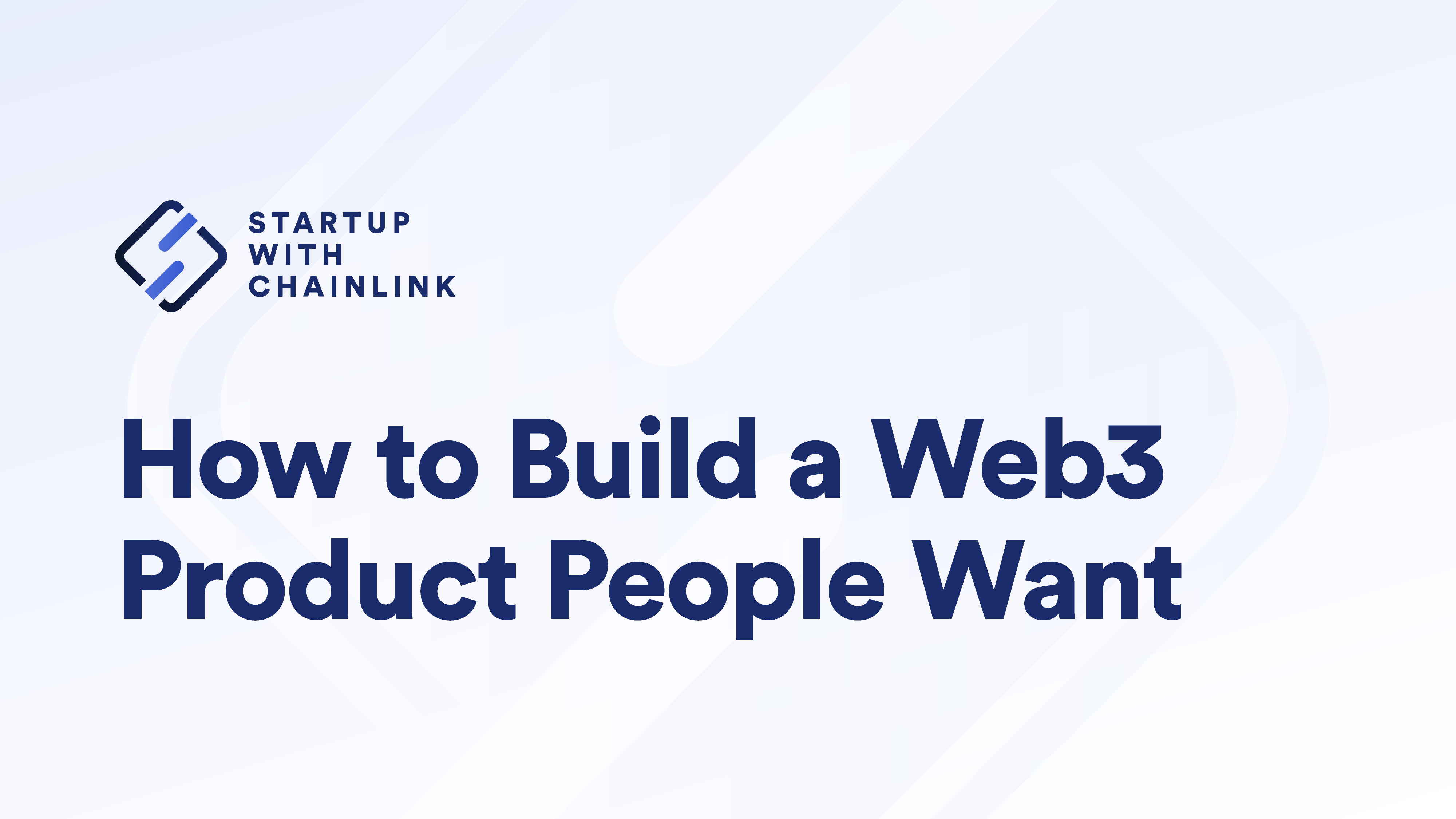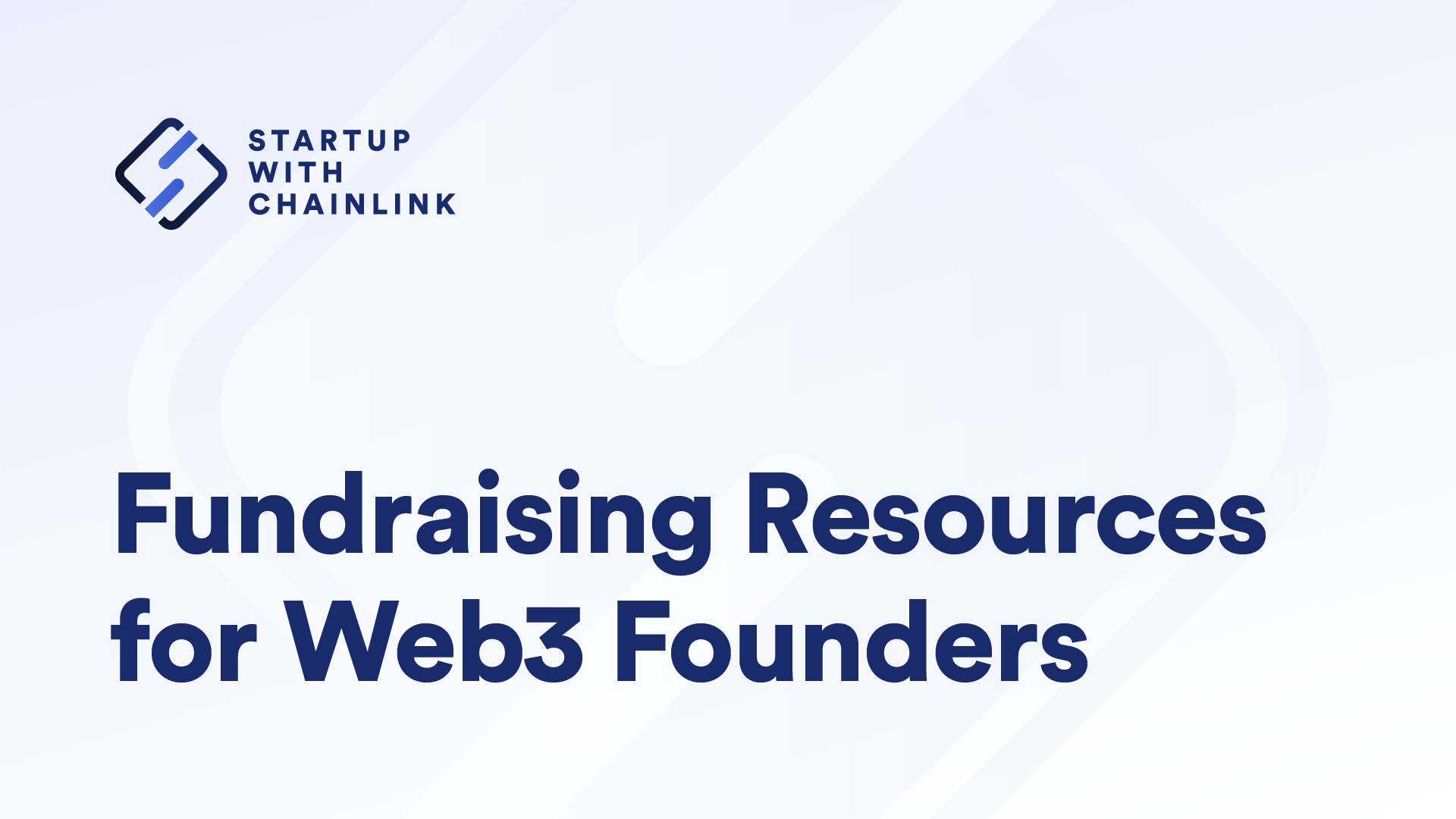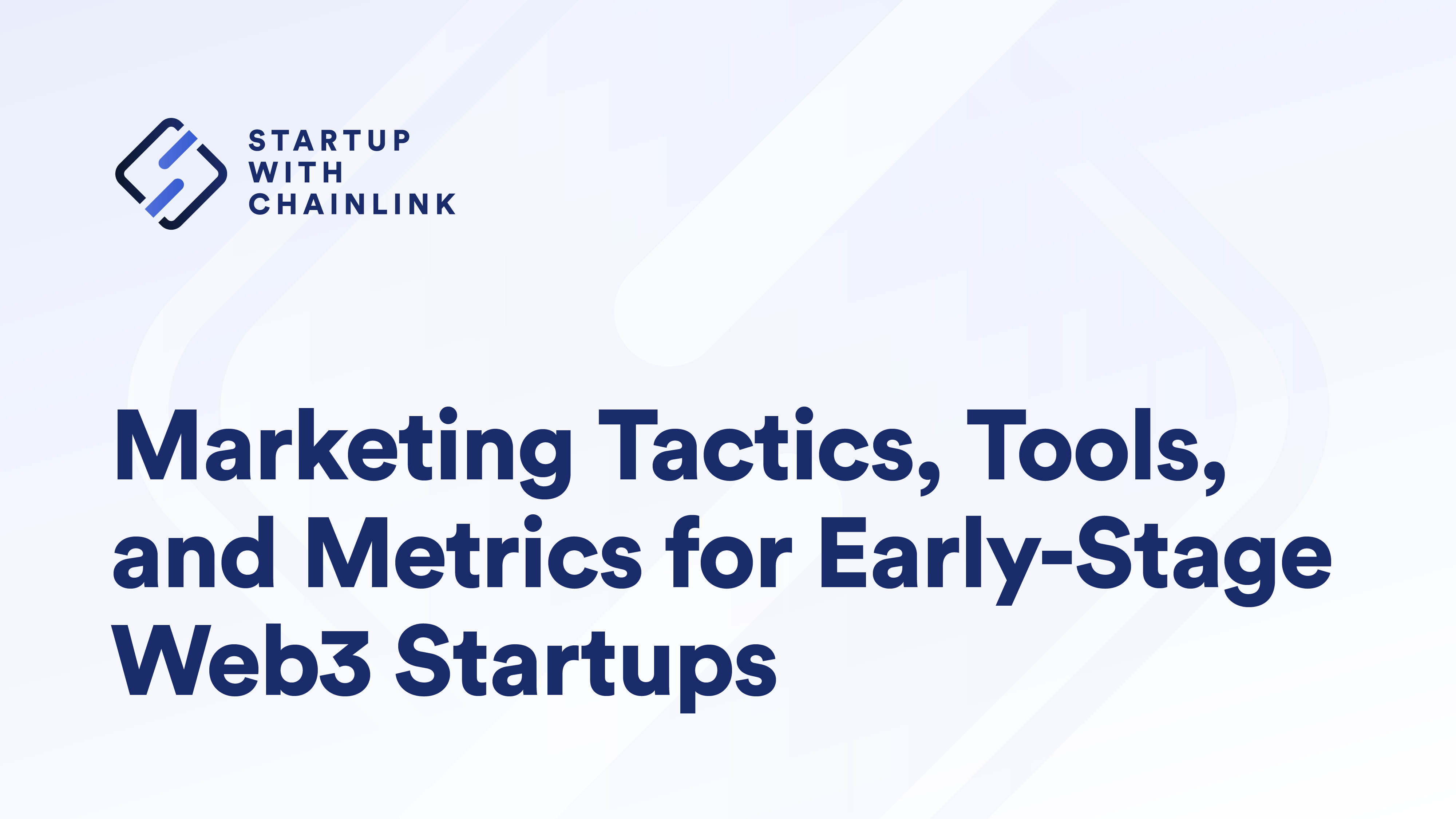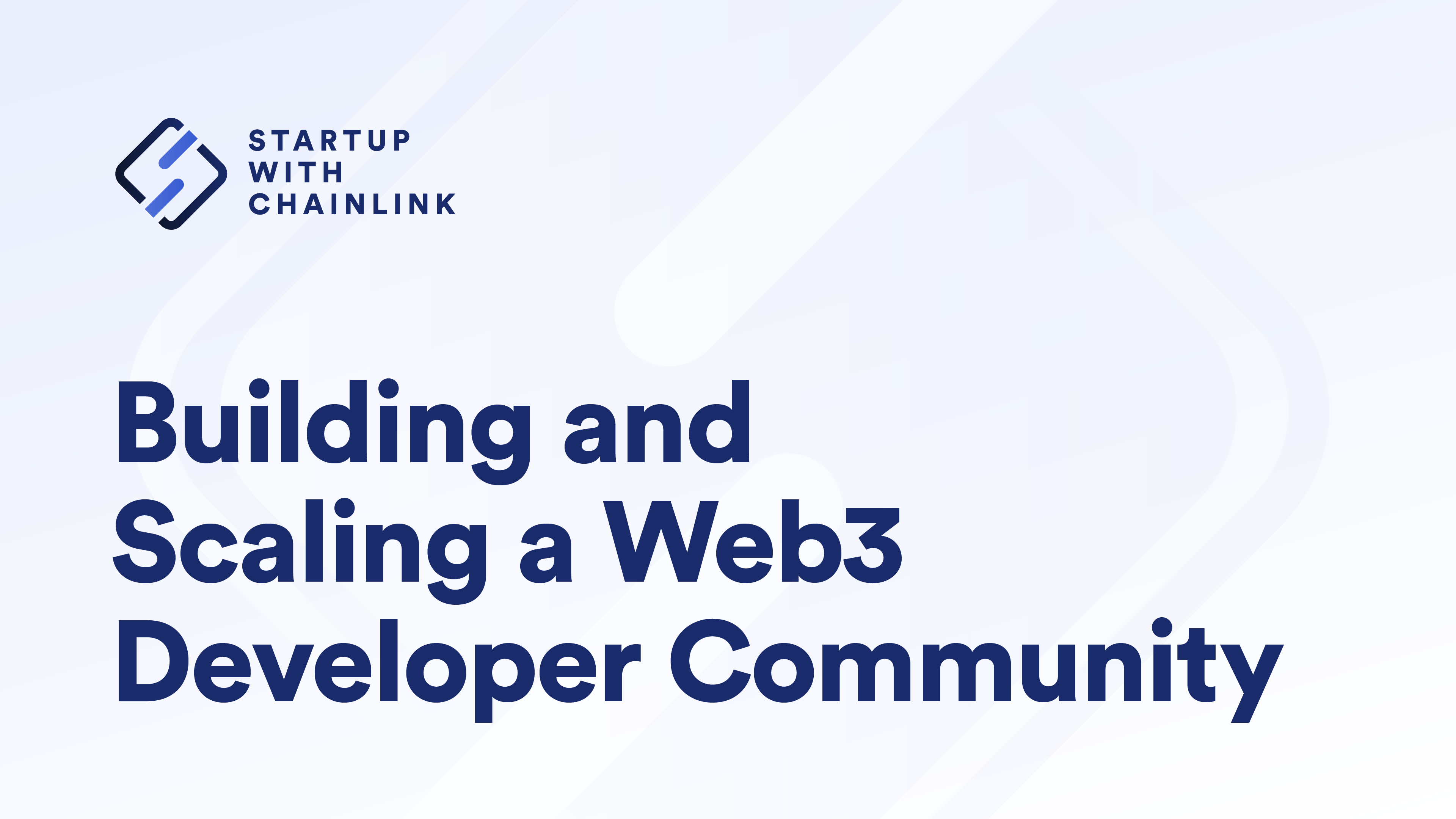Launching a Web3 startup can be a daunting task. Compared to their Web2 counterparts, Web3 founders lack access to the abundance of knowledge and resources that come with an established sector. But given the nascent nature of the Web3 industry, there’s immense opportunity and an open frontier of ideas for founders to build and find success with. This is the Web3 startup tradeoff—building a standout Web3 startup requires that founders venture into previously unexplored territories that only a select few have successfully navigated. There is more opportunity and fresh ground to explore, but less guidance on offer as a result.
However, there are still some resources for founders to draw from, plus the examples of those who have gone before. This post provides founders with the most recent information, guidance, and resources on how to effectively launch, fund, grow, and scale a Web3 startup.
Product
Web3 products are often software products, meaning founders can leverage the same lean-startup model that has proven successful in Web2 technology companies. The core of this model can be broken down into three iterative processes—build, measure, and learn. By following these steps, startups can minimize the time and effort spent on product development to quickly find product-market fit.
Discover how to effectively gauge demand and build Web3 products that users actually want by reading this blog.
Assessing Product-Market Fit
But what does it mean to actually achieve product-market fit, and how do you measure it? This article dives into the theory behind finding product-market fit and provides time-tested conceptual frameworks for Web3 startups to understand the type of market they’re in, whether they’ve achieved product-market fit and how to measure it, and what to do next.
Fundraising
Raising funds is one of the toughest but most important challenges for a Web3 startup that’s just getting off the ground. How much to raise, where to look for funds, what investors are looking for, and how to effectively showcase your startup’s potential are all important questions that Web3 founders should be asking—and the answers depend on the specific vertical, the stage of the startup, and more.
The good news is that Web3 startups have more fundraising opportunities than ever before, from blockchain grants and crowdfunding options to traditional VC investment. This introductory post provides the context you need to set yourself up for fundraising success and put yourself in the shoes of an investor.
Fundraising Resources
Once you’ve read the article above, browse through this curated list of Web3 fundraising resources to understand the options that are out there for Web3 startups and choose the ones that are best for your startup’s goals.
Marketing
Marketing tactics are continuously evolving in Web3 as startups find new ways to attract and retain users. Given their community focus and decentralized nature, Web3 startups often deploy marketing strategies that can’t be replicated by their Web2 counterparts. However, founders must carefully consider the tactics that best suit their startup.
Dive deep into the landscape of Web3 marketing and explore the many strategies, tactics, tools, and metrics that startups must consider when creating a robust marketing framework that can quickly adapt to changing conditions.
Go-to-Market Strategies and Community Focus
Who are your startup’s customers? In this regard, marketing and product development go hand in hand. When considering the very early stages of a Web3 startup’s go-to-market strategy, it’s important to nail down the key elements needed for a successful launch. This depends entirely on a startup’s desired community.
This article breaks down Web3 opportunities into different verticals and analyzes the go-to-market strategies of successful Web3 projects in order to provide founders with a clear understanding of how and why Web3 marketing is different.
Community
Building communities of developers is mission-critical to protocol success. They form the backbone of a project’s ecosystem and can be called upon to build additional utility that your team might not have the time or resources for.
Even if your project doesn’t need a developer community, the tactics and theoretical frameworks mentioned in this blog post will be handy for any Web3 startup that wants to build a robust community of any kind.
Conclusion
Launching a Web3 startup is not an easy endeavor, but it can pay dividends for those that build standout products and have a clear plan to scale.
Don’t attempt to memorize all of the frameworks, strategies, and tactics mentioned in this article. Instead, choose the domain that’s most relevant to your current challenge and refer back to this post when you need guidance on specific topics, like product development or fundraising. Ultimately, no guide or resource can provide you with an impenetrable blueprint for success. Building a startup is, and likely always will be, more of an art than a science—these resources simply give you a canvas to start drawing on.







